The BepiColombo twin spacecraft, jointly developed and operated by Europe and Japan, has transmitted back images taken at close range of the innermost planet of the solar system, Mercury.

Mercury's north pole as seen from the M-CAM 1 instrument on the BepiColombo spacecraft
During the mission's sixth and final flyby on January 7, BepiColombo, consisting of two spacecraft side by side, captured close-up images of previously hidden calderas on Mercury's surface.
The BepiColombo mission launched in October 2018 is a joint project between the European Space Agency (ESA) and the Japan Aerospace Exploration Agency (JAXA), with each organization providing its own spacecraft to explore Mercury.
During the closest flyby, the dual spacecraft flew about 295 km from Mercury's surface, according to Gizmodo on January 11, citing information from the ESA.
From this distance, BepiColombo captured images of Mercury's cratered surface, starting from the cold, eternal night near the north pole before moving to the sunlit northern region.
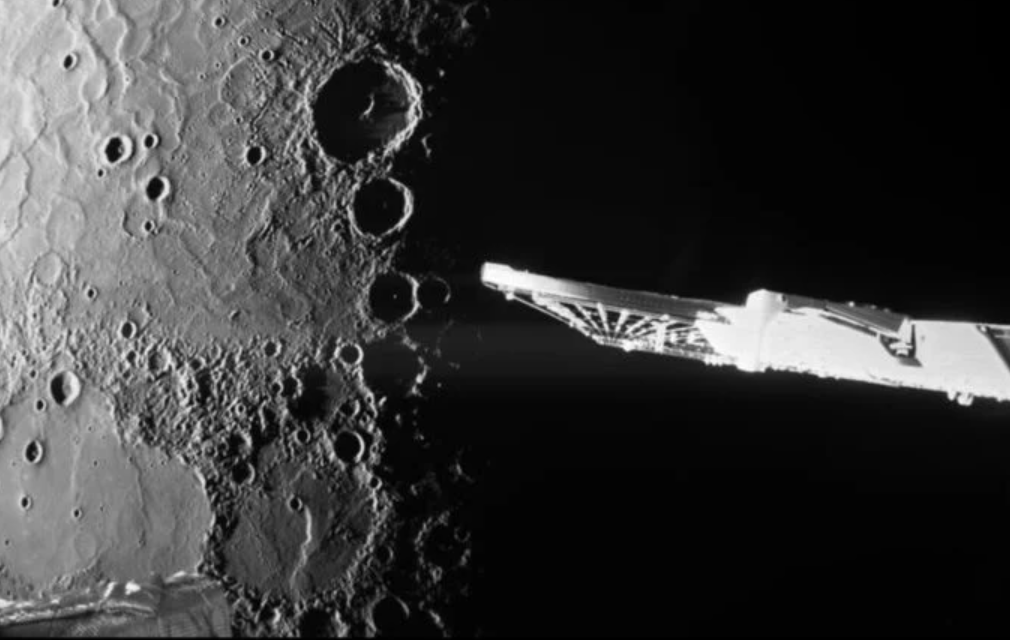
This image shows the boundary between day and eternal night on Mercury.
Using its M-CAM 1 camera, BepiColombo captured a close-up of Mercury’s day-night boundary. In the image above, the rims of Prokofiev, Kandinsky, Tolkien and Gordimer craters can be seen scattered across the surface of Mercury, creating permanent shadows that may allow pockets of water ice to form.
In fact, one of the main goals of the BepiColombo mission is to determine whether Mercury harbors water in its shadows despite its close proximity to the Sun.
Scientists still don't know the composition of Mercury, but material pushed from underground to the surface tends to darken over time.
BepiColombo is the third spacecraft ever deployed by humans to Mercury.
Source: https://thanhnien.vn/can-canh-ranh-gioi-ngay-va-dem-toi-vinh-cuu-cua-sao-thuy-185250112104713082.htm





![[Photo] Closing of the 11th Conference of the 13th Central Committee of the Communist Party of Vietnam](https://vstatic.vietnam.vn/vietnam/resource/IMAGE/2025/4/12/114b57fe6e9b4814a5ddfacf6dfe5b7f)
![[Photo] Overcoming all difficulties, speeding up construction progress of Hoa Binh Hydropower Plant Expansion Project](https://vstatic.vietnam.vn/vietnam/resource/IMAGE/2025/4/12/bff04b551e98484c84d74c8faa3526e0)



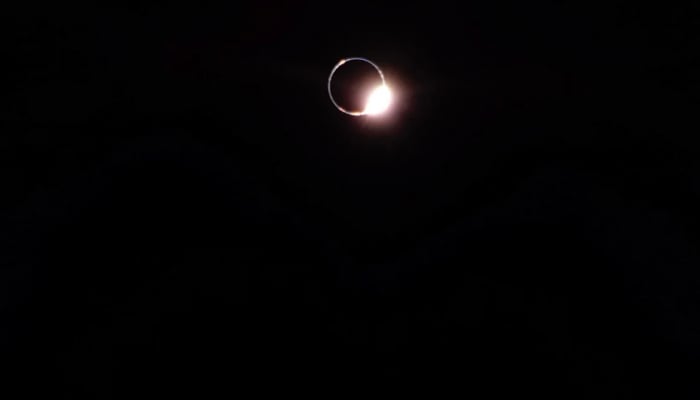

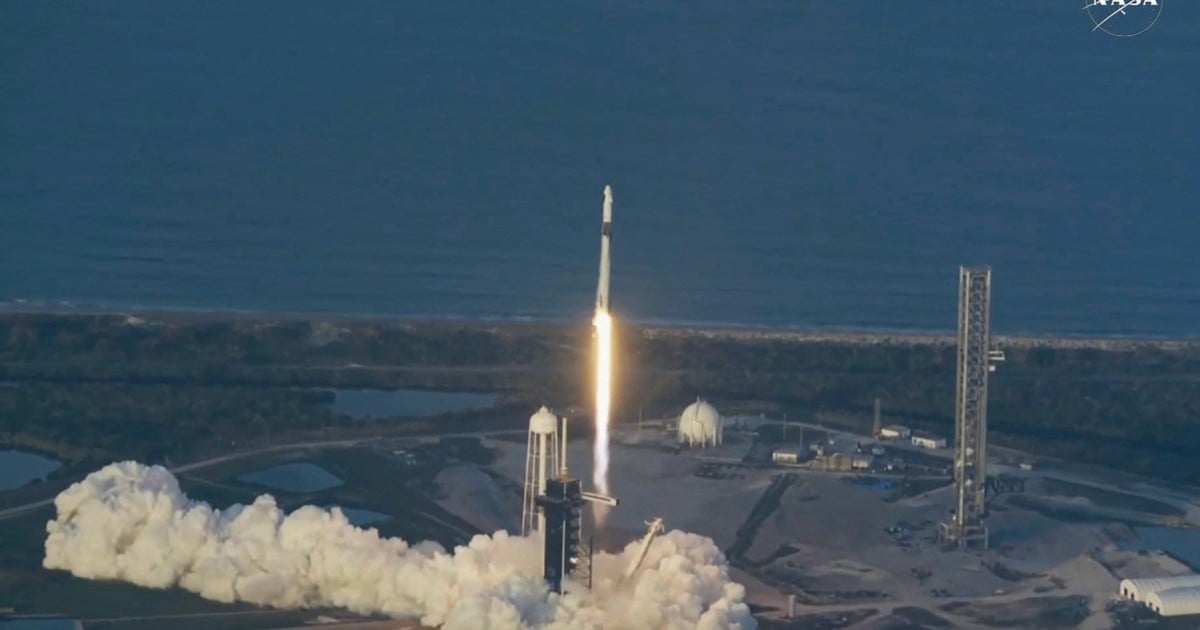
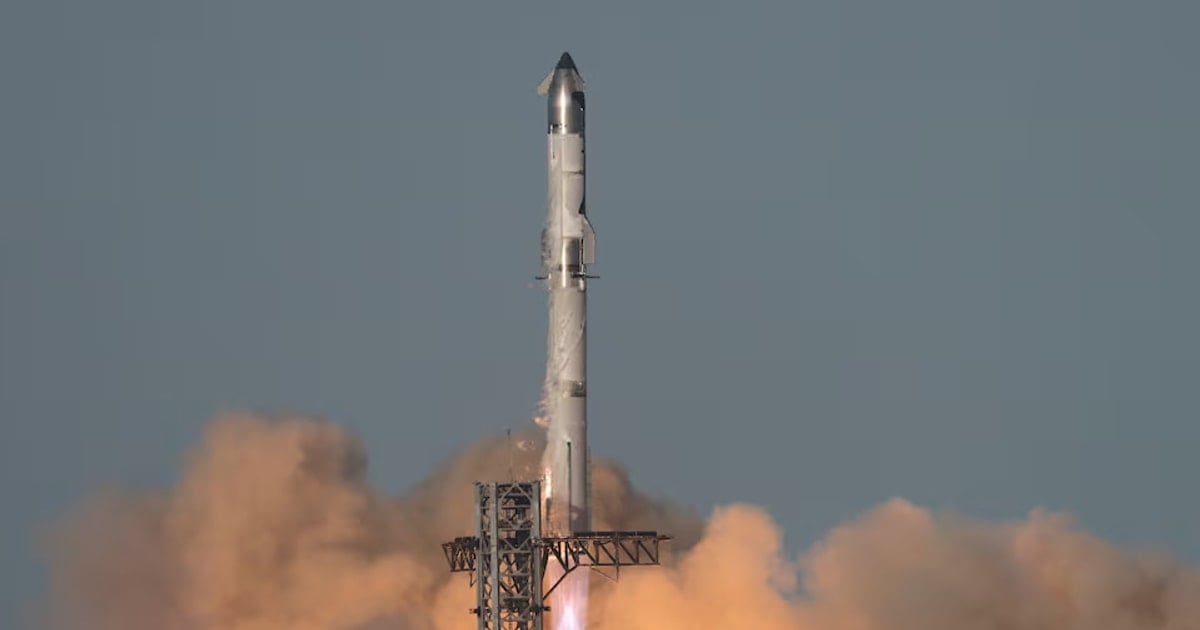
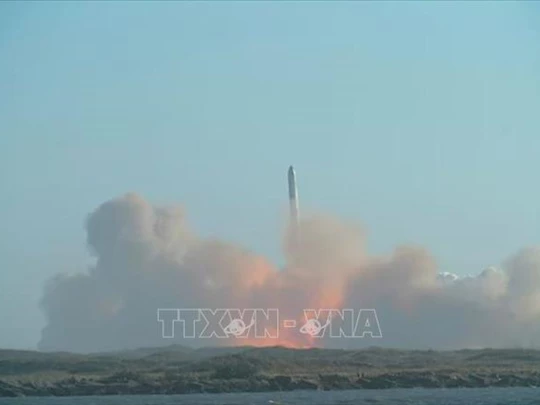

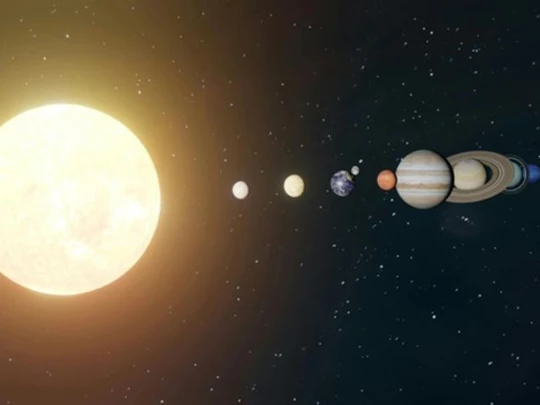














































































Comment (0)